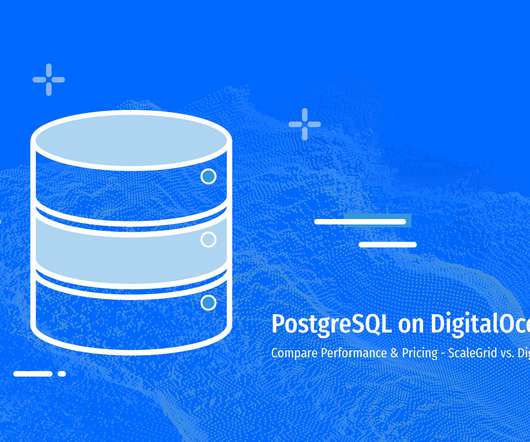MySQL Performance Tuning 101: Key Tips to Improve MySQL Database Performance
Percona
SEPTEMBER 1, 2023
While there is no magic bullet for MySQL performance tuning, there are a few areas that can be focused on upfront that can dramatically improve the performance of your MySQL installation. What are the Benefits of MySQL Performance Tuning? A finely tuned database processes queries more efficiently, leading to swifter results.

















Let's personalize your content